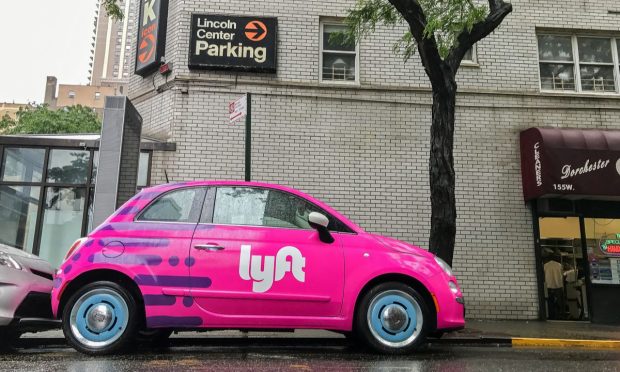Ridesharing Is Recovering From the Pandemic, Lyft Says

Ridesharing continues to recover from the effects of the pandemic, but a complete comeback is still in the future. The numbers of both drivers and riders have increased, but there are signs that some are still restricting their activities, Lyft executives said Tuesday (Nov. 2) during a call with investors and analysts.
During the quarter ended Sept. 30, the number of active riders using Lyft increased 51% year over year, the transportation network reported in a press release. At the same time, the number of active drivers — drivers who gave at least one rideshare ride during the quarter — was up nearly 45% versus last year.
“Demand remains strong, and we’ve seen a material improvement in driver supply,” Lyft Co-Founder and CEO Logan Green said during the call. “We are well positioned for a continued recovery and are excited about the solid foundation we’ve built to continue to scale our business.”
Drivers Are Returning to the Platform
The supply of drivers had dropped in previous quarters, and this had affected service levels. Many returned during the third quarter, however.
This was driven in part by the sunsetting of enhanced federal unemployment benefits, Lyft executives said during the call. Eighty-five percent of drivers participate in Lyft for less than 10 hours a week to supplement their income, and when they were receiving the benefits, they didn’t feel a need to do that.
But in recent months, with the end of those benefits, the number of active drivers at Lyft grew five times faster than the recovery in employment seen in the retail industry and the leisure and hospitality industry combined.
“One of the main reasons I would say this is, is because of the flexibility provided by the platform in that you can turn on and off the app and earning whenever you want,” said Lyft Cp-Founder and President John Zimmer. “As people come out of COVID, we feel strongly that the type of model we offer is one that workers want.”
At the same time, there are drivers who remain concerned about COVID and are waiting for boosters, or are parents and are forgoing activities until their children are vaccinated, or don’t want to drive while wearing a mask and are waiting for mask mandates to end.
Ridership Is up From Last Year
Some riders, too, have not resumed their pre-pandemic activities, for the same reasons. In addition, some employers have delayed their return to the office until perhaps the first quarter of 2022. In San Francisco, for example, the number of rides in the third quarter were still down more than 60% from the same quarter in pre-pandemic 2019.
“Given the delayed return to office and other contributing factors, the recovery tied to additional ridesharing use cases is more likely a first quarter 2022 event, especially in key West Coast cities like San Francisco,” said Lyft Chief Financial Officer Brian Roberts. “We anticipate this tailwind will help drive volume next year. It’s a matter of when, not if.”
Still, the number of active riders grew by nearly 2 million compared to the second quarter as more riders returned and as new riders started using Lyft. Recovery trends vary by region, but 99 of the top 100 cities saw more rideshare rides than they had in the previous quarter. New Orleans was the sole outlier due to Hurricane Ida.
“During each month of the quarter, we set a new pandemic record for rideshare rides,” Green said. “Nights out and weekend use cases picked up, and airport rides nearly tripled year over year in Q3.”
A Digital-First Generation of Riders Is Approaching
Looking further into the future, the speakers noted that 4 million people reach the age of 18 each year — the age at which they can begin using Lyft — and these young consumers have digital-first preferences.
Lyft is introducing itself to these consumers by partnering with more than 150 universities and colleges to provide discounts on transportation solutions and by offering rentals of bikes and scooters.
“For these riders, this can be a low-risk trial period to get to know Lyft,” Zimmer said. “For us, it’s an opportunity to cement our relationships with these riders, become ingrained in their daily routines and grow with them over time.”
